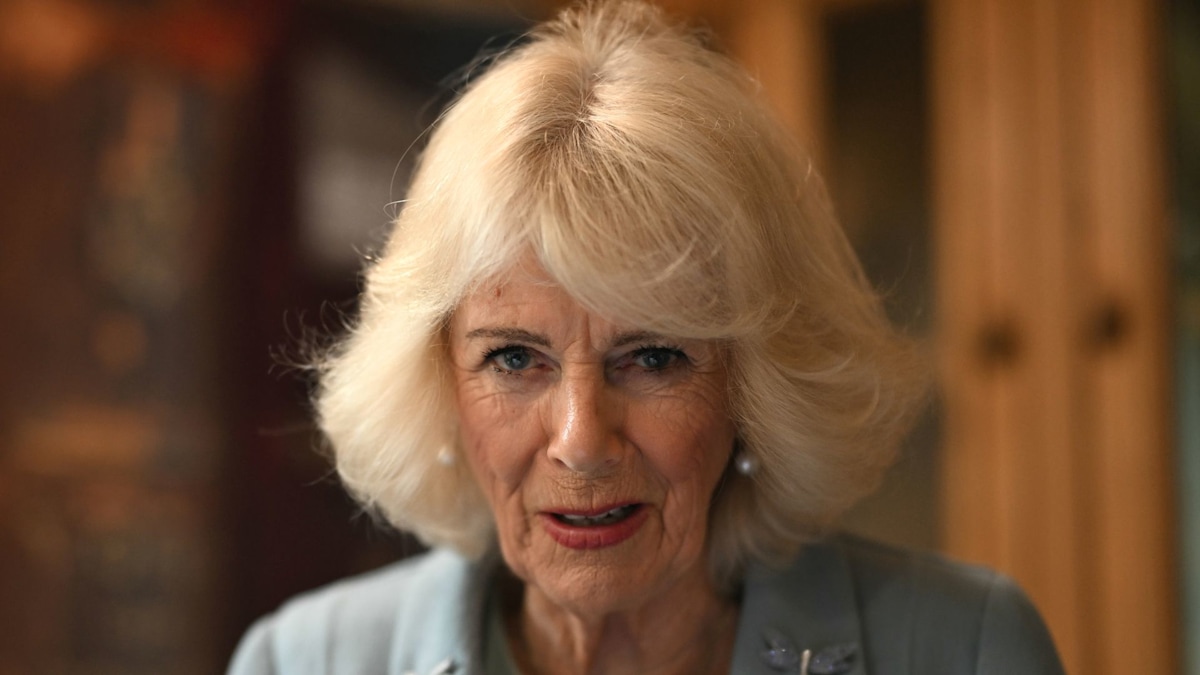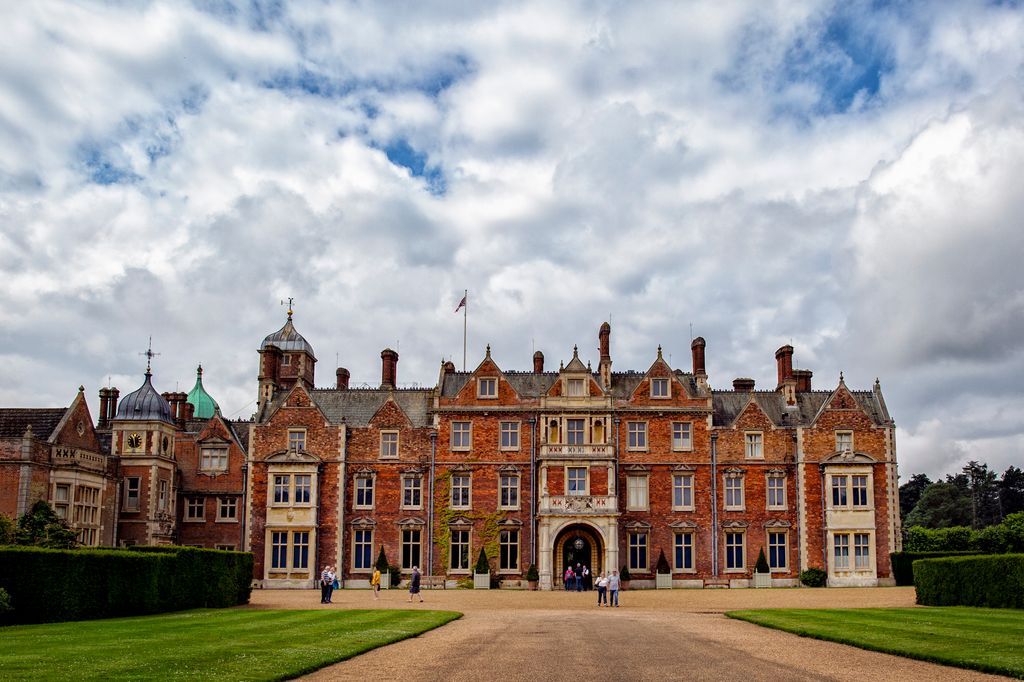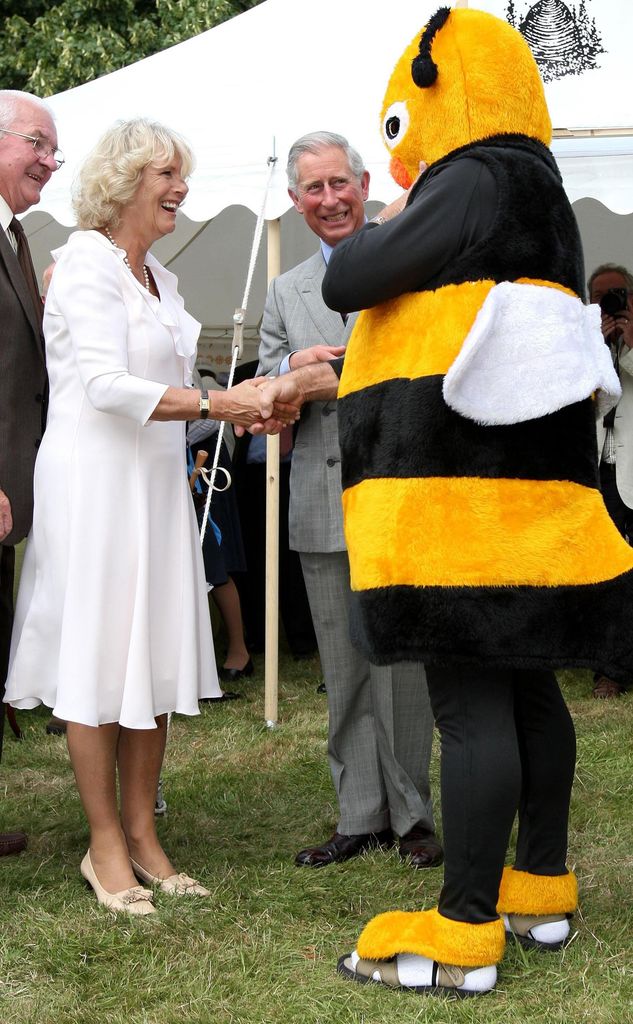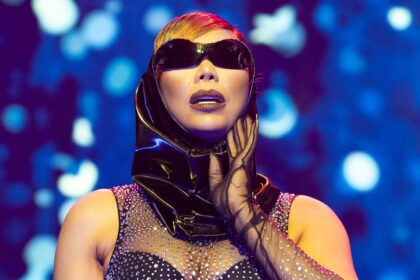The Queen has spoken of a battle being waged against uninvited summer guests at Sandringham – swarms of wasps.
Camilla said the infestation at King Charles’s Norfolk estate had become a “terrible” nuisance, with pest control experts called in and signs warning tourists of high wasp activity in the area.
She mentioned the problem during a visit to the second day of the Ebor Festival of horse-racing in York.
Camilla met Harry and Seline Silk, of Knavesmire Nectar, revealing that her own bees at her private home in Wiltshire have been giving her trouble because of the way they are swarming.
At York racecourse, she was greeted by the Vice Lord Lieutenant of North Yorkshire, Chris Legard; the chairman of York Race Committee, Mrs Bridget Guerin, and the Chief Executive of York Racecourse, Mr William Derby, along with other dignitaries.
Camilla, who has been enjoying the peace and quiet of Bamoral during the Royal Family’s traditional summer break there, opted for a pale blue belted coat, a white patterned dress, beige heels and a fitting Fedora-style hat for the occasion.
Sandringham’s wasp infestation
On 18 August, the King issued a warning to visitors of Sandringham, his royal residence in Norfolk, due to an ongoing wasp infestation on the grounds. “Please be aware that wasp activity is currently high in this area. Thank you,” a notice attached to a set of bins on the site read.
A beekeeper, who presumably will manage Sandringham’s wasp population, was also photographed on the land in a full sting-proof suit.
Camilla’s love of beekeeping
Camilla is a keen apiarist, with Her Majesty producing her very own honey at her Wiltshire home, Ray Mill House, which is then sold at Fortnum & Mason to raise money for charity.
The King also has a love for beekeeping. Charles’s private residence, Highgrove House, is home to a wildflower meadow teeming with 120 different plant species and 30 beehives.
His bees produce a ‘Royal Garden Honey’ that can be purchased from the Highgrove Gardens website. The monarch also has treasured beehives at Clarence House and Buckingham Palace. According to The Independent, each hive contains an estimated 20,000 bees.
Read the full article here








